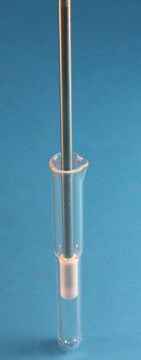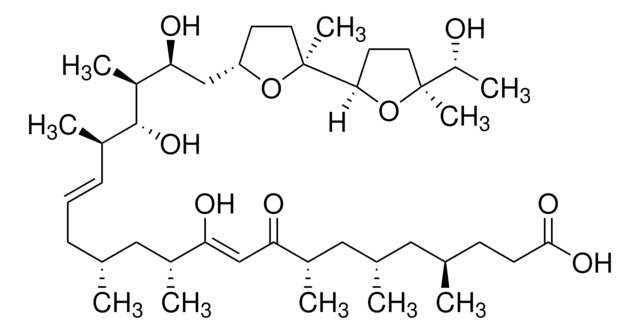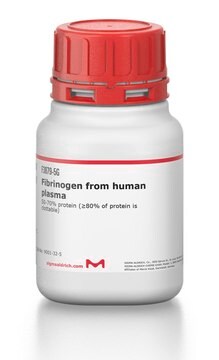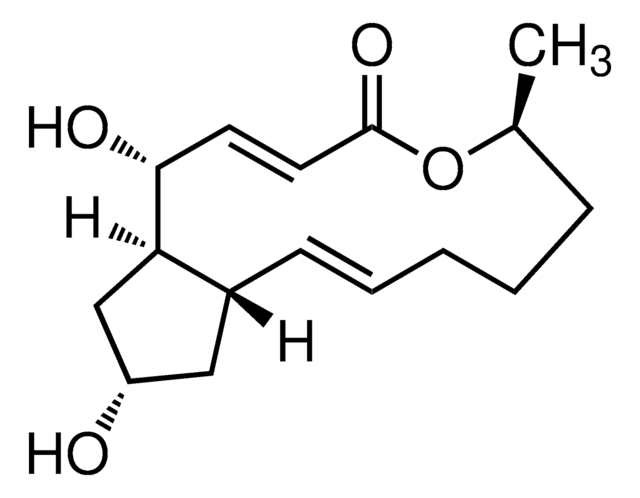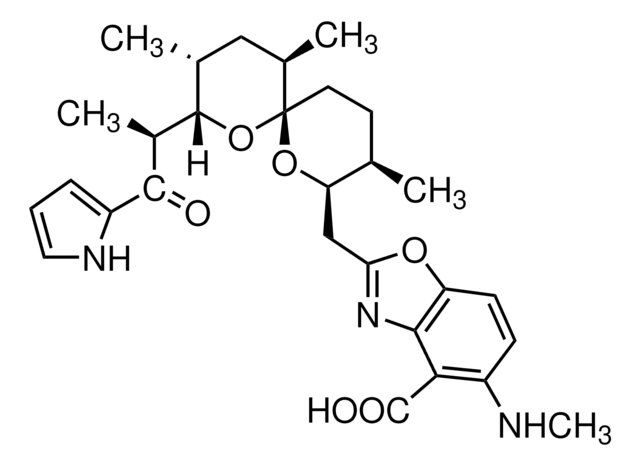P8139
Phorbol 12-myristate 13-acetate
≥99% (TLC), film or powder, PKC activator
Synonym(s):
12-O-Tetradecanoylphorbol 13-acetate, 4β,9α,12β,13α,20-Pentahydroxytiglia-1,6-dien-3-one 12-tetradecanoate 13-acetate, PMA, TPA
About This Item
Recommended Products
product name
Phorbol 12-myristate 13-acetate, ≥99% (TLC), film or powder
Quality Level
Assay
≥99% (TLC)
form
film or powder
solubility
DMSO: soluble
ethanol: soluble (Dissolve in water-miscible organic solvent prior to preparing aqueous solutions.)
storage temp.
−20°C
SMILES string
CCCCCCCCCCCCCC(=O)O[C@@H]1[C@@H](C)[C@@]2(O)C(C=C(CO)C[C@@]3(O)C2C=C(C)C3=O)C4C(C)(C)[C@]14OC(C)=O
InChI
1S/C36H56O8/c1-7-8-9-10-11-12-13-14-15-16-17-18-29(39)43-32-24(3)35(42)27(30-33(5,6)36(30,32)44-25(4)38)20-26(22-37)21-34(41)28(35)19-23(2)31(34)40/h19-20,24,27-28,30,32,37,41-42H,7-18,21-22H2,1-6H3/t24-,27+,28-,30-,32-,34-,35-,36-/m1/s1
InChI key
PHEDXBVPIONUQT-RGYGYFBISA-N
Looking for similar products? Visit Product Comparison Guide
General description
Application
- to induce differentiation of THP-1monocytes to macrophage.
- to stimulate the proliferation of peripheral blood lymphocytes.
- to induce respiratory bursts and enhance the generation of ultra-weak photon emission (UPE) from the neutrophil-like cells derived from HL-60 cells.
- in conjugation with Ionomycin calcium salt to stimulate T-cell activation
- for the stimulation of various cells including spleen cells, quiescent lymphocytes, and fetal thymocytes.
- for the activation of PKC (protein kinase C) in cells.
Features and Benefits
Caution
related product
Signal Word
Danger
Hazard Statements
Precautionary Statements
Hazard Classifications
Acute Tox. 1 Dermal - Acute Tox. 1 Inhalation - Acute Tox. 2 Oral - Carc. 2 - Eye Dam. 1 - Resp. Sens. 1 - Skin Corr. 1B - Skin Sens. 1
Storage Class Code
6.1A - Combustible acute toxic Cat. 1 and 2 / very toxic hazardous materials
WGK
WGK 3
Personal Protective Equipment
Certificates of Analysis (COA)
Search for Certificates of Analysis (COA) by entering the products Lot/Batch Number. Lot and Batch Numbers can be found on a product’s label following the words ‘Lot’ or ‘Batch’.
Already Own This Product?
Find documentation for the products that you have recently purchased in the Document Library.
Customers Also Viewed
Articles
Carcinogenesis and Epigenetics
Our team of scientists has experience in all areas of research including Life Science, Material Science, Chemical Synthesis, Chromatography, Analytical and many others.
Contact Technical Service

